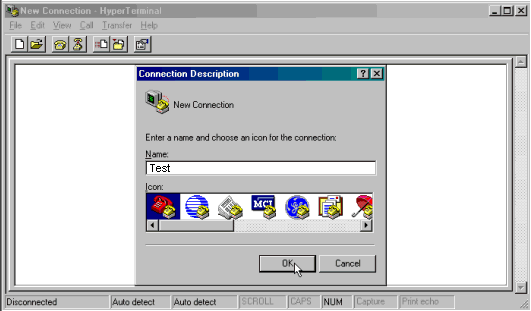
Step by Step: Remove all loads from the UPS. Turn off the UPS (Power button, front panel) Remove mains power from UPS. Hold down power button (front panel) for 5 seconds to disconnect battery. Remove back panel where NMC is to be installed. Plug UPS back into mains. My APC UPS communicates using the APC 'Smart' protocol. What you need in my case is a 'soft shutdown', 'S' command. But first you need to make sure it's in 'Smart' mode ('Y'). Now, if you want to let the Windows UPS service monitor state, the service will have an iron grip on the COM port.
Group of applications for monitor UPS operation and protect the operating systems of the computers powered by the UPS itself.
It comprises a group of applications that continually monitor UPS operation and protect the operating systems of the computers powered by the UPS itself. The client/server structure makes it extremely flexible, efficient, simple to use and “light” when it comes to required system resources.
Apc Ups Commands Hyperterminal
Compatible with all Windows operating systems (98 and more recent) and with all Linux distributions.
UPS Communicator includes the following main modules:
RS SYSTEM: Agent for executing commands on remote computers (shutdown, customised commands, pop-up messages) via the TCP/IP protocol.
Windows Hyperterminal For Vista
UPS DIAG MONITOR: Graphic interface which, after connection to the UPS Server module, allows to access the operating data of the UPS, make a complete diagnosis, program special functions and perform tests.

Windows Xp Hyperterminal
UPS SERVER: Server module for UPS management through the RS232 link. This server module can control numerous events (power failure, overload, bypass, internal faults, etc..) and is able to carry out lots of actions for each one (data registration in the log file, transmission of pop-up messages, e-mail transmission, program execution, local and remote shutdown, etc…).